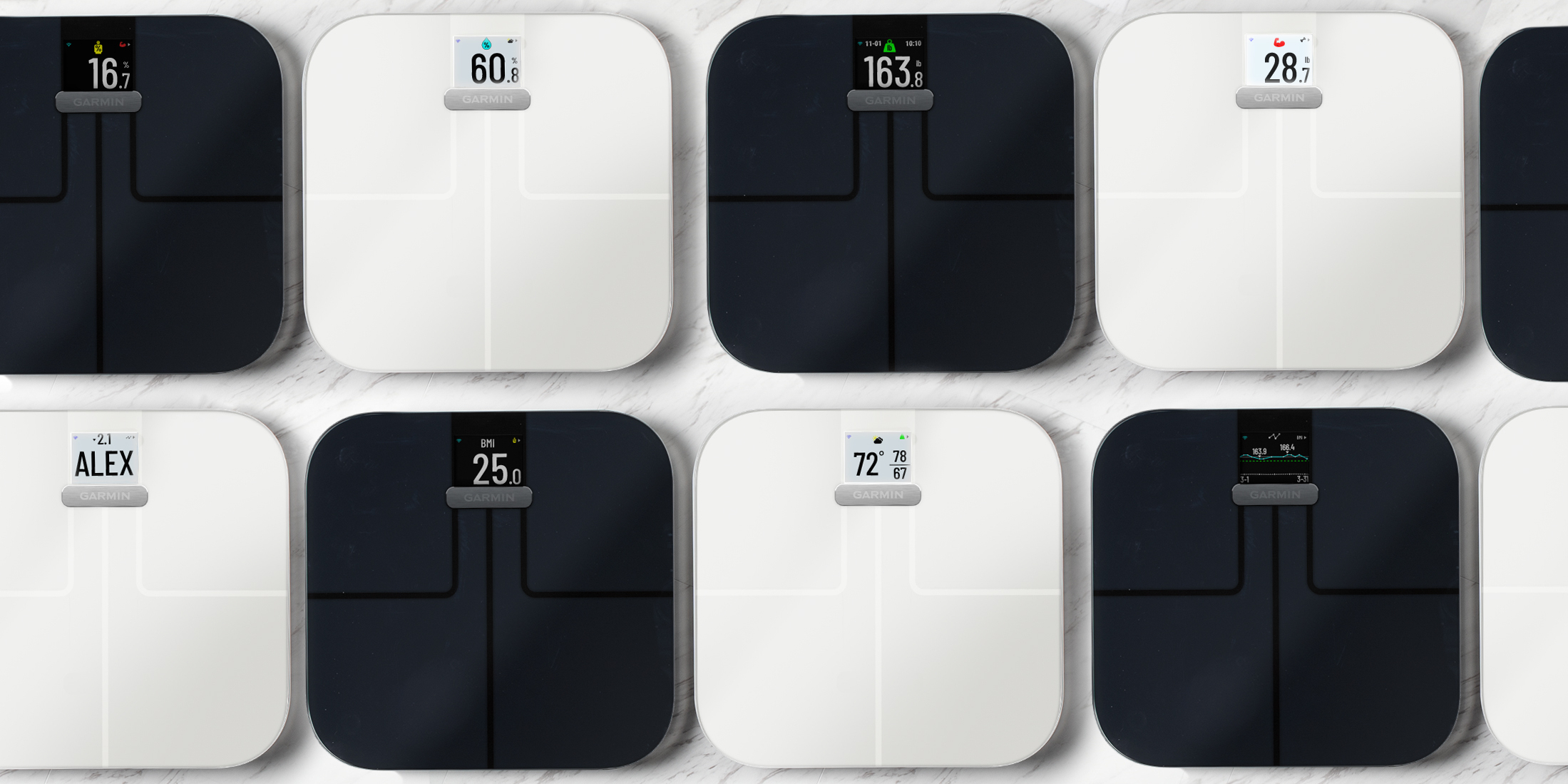iMore Verdict
Garmin’s Index S2 is large enough for big feet, with an easily readable, bright display, and if you’re a hardcore athlete it runs through Garmin Connect, keeping all of your health metrics in one place. But it suffers from some weight accuracy issues. They aren’t deal breakers though.
Pros
- +
Works with Garmin Connect
- +
Large enough deck for most users
- +
Large, bright, easily readible display
Cons
- -
Weight measurement is finicky
- -
No Apple Health support
- -
Pricey
You can always trust iMore.
There are scales which do what the Index S2 does and more, for less, but they don’t support Garmin Connect. If you’re a hardcore athlete and you live by your performance metrics, and keeping everything easily accessible in one place is important, it may be worth the premium price ($149.99) to you to add this Garmin product to your high performance ecosystem.
Garmin Index S2: Price and availability
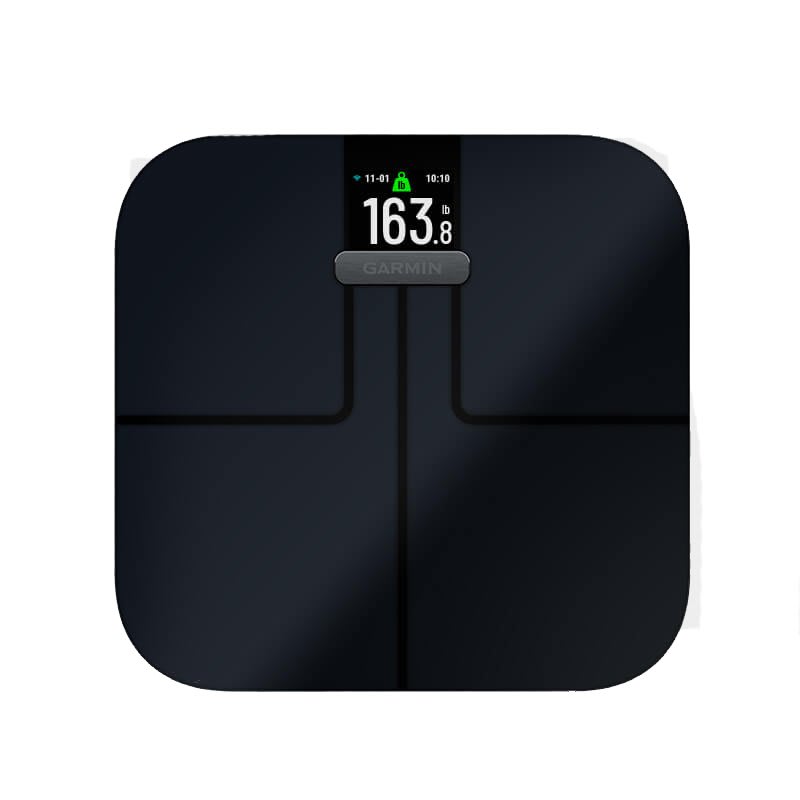
The Garmin Index S2 is available directly from Garmin.com but you can find it at more brick and mortar retailers than some of the other scales I’ve reviewed, in addition to the usual online spots. Best Buy, and Target both offer curbside pickup if you want it today but you can order online from REI, Amazon, and Walmart as well. It’s $149.99 everywhere. And, unlike some of the competition, you can purchase this scale in either black or white.
Garmin Index S2: Ease of use

Garmin’s Index S2 is easy to use, and best of all, features Wi-Fi syncing so you don’t need your phone nearby to use it. Additionally it runs on 4 AAA batteries which Garmin says should last you roughly 9 months, so no need to fuss with finding an outlet to recharge the scale near wherever you’re keeping it. Now, you’re likely already using Garmin Connect so when you get the scale home just open the app and from the settings menu select Garmin Devices > Add Device, then follow the on-screen prompts. It’ll use Bluetooth pairing to connect with your phone, then configure the Wi-Fi connection.
Once you’ve configured it and set up things like your goals, and customized the displayed data to show what’s most important to you, they call that data “Widgets,” you’re off to the races. Step on the scale and when you see your initials, step off, then watch the screen scroll through important data points like your body water percentage, skeletal muscle mass, and body fat percentage. There are five more you can display, if you choose. A total of nine, including weight.
The only challenge I faced here was that on more than one occasion I had to measure multiple times to get a satisfactory result. One attempt, weighing myself three times until I got a weight I knew was in line with four other scales I was testing. The Index S2 was about 5 pounds off until the fourth measurement. I said this isn’t a deal breaker because the S2 does give you the proper weight. You may have to hop on a couple times to get it and that’s something I’ve actually experienced with more than one scale.
Once the scale syncs with Garmin Connect, you can see trend graphs and more through the app. Unlike other scales you can manually input DEXA results for body fat and skeletal muscle mass to estimate future body comp metrics. As no consumer scale is as accurate as the X-Ray data DEXA machines and technicians provide.
Garmin Index S2: Build quality
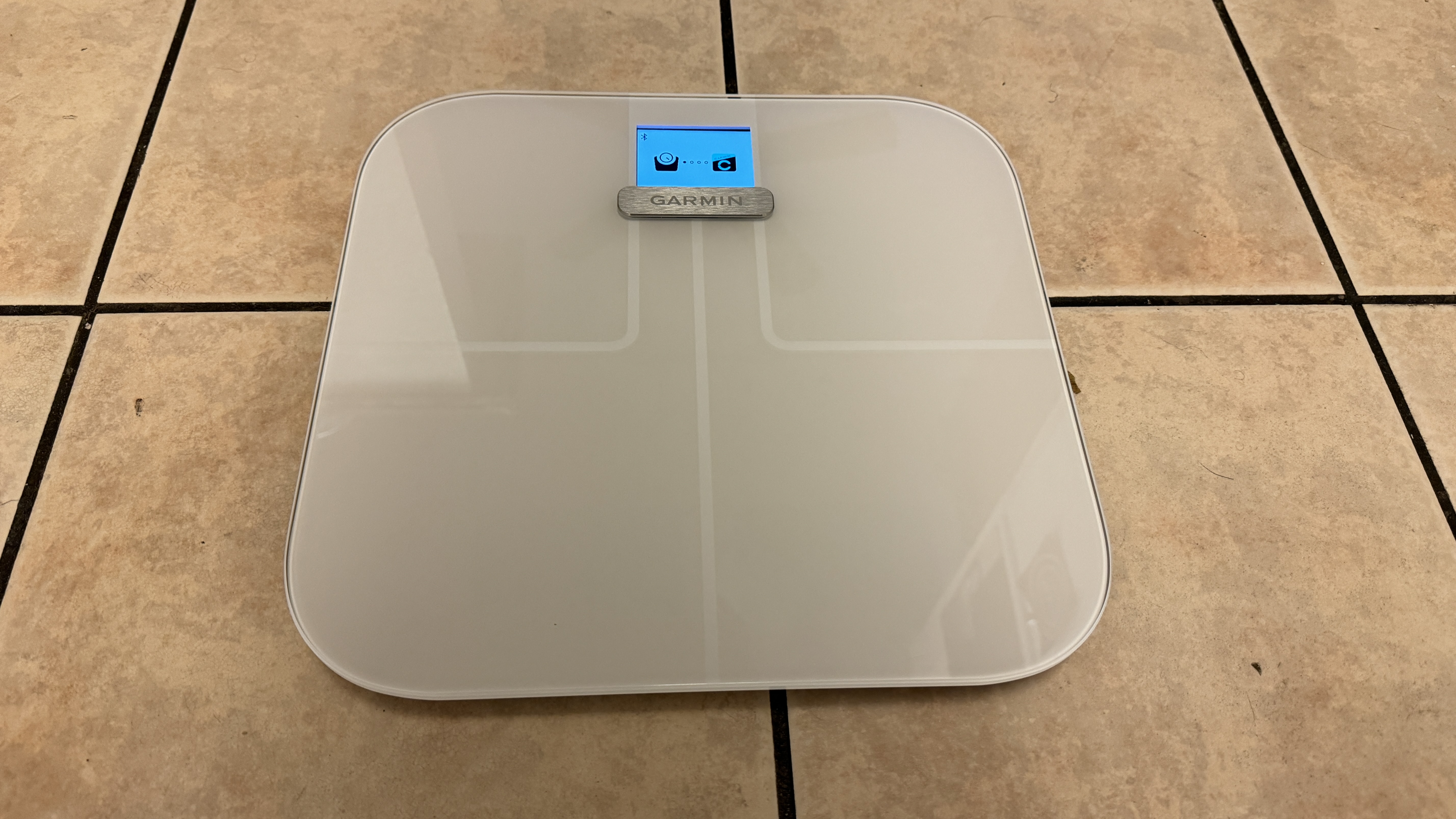
Weighing in at nearly 4 and half pounds, the Index S2 has a bit of heft to it and doesn’t feel cheap. It supports users who weigh up to 400lbs which is pretty much standard for bioelectrical impedance scales. And, while there are scales on the market with larger decks, the S2 doesn’t feel small and should accommodate most users’ feet. It may be a bit narrow if your personal motto is “thick thighs save lives.”
The display gets very bright, so even in the brightest bathrooms or vanity areas, it should be easily readable. The tempered glass platform doesn’t display footprints, or fingerprints, as easily as some of its competitors.
Garmin Index S2: Features
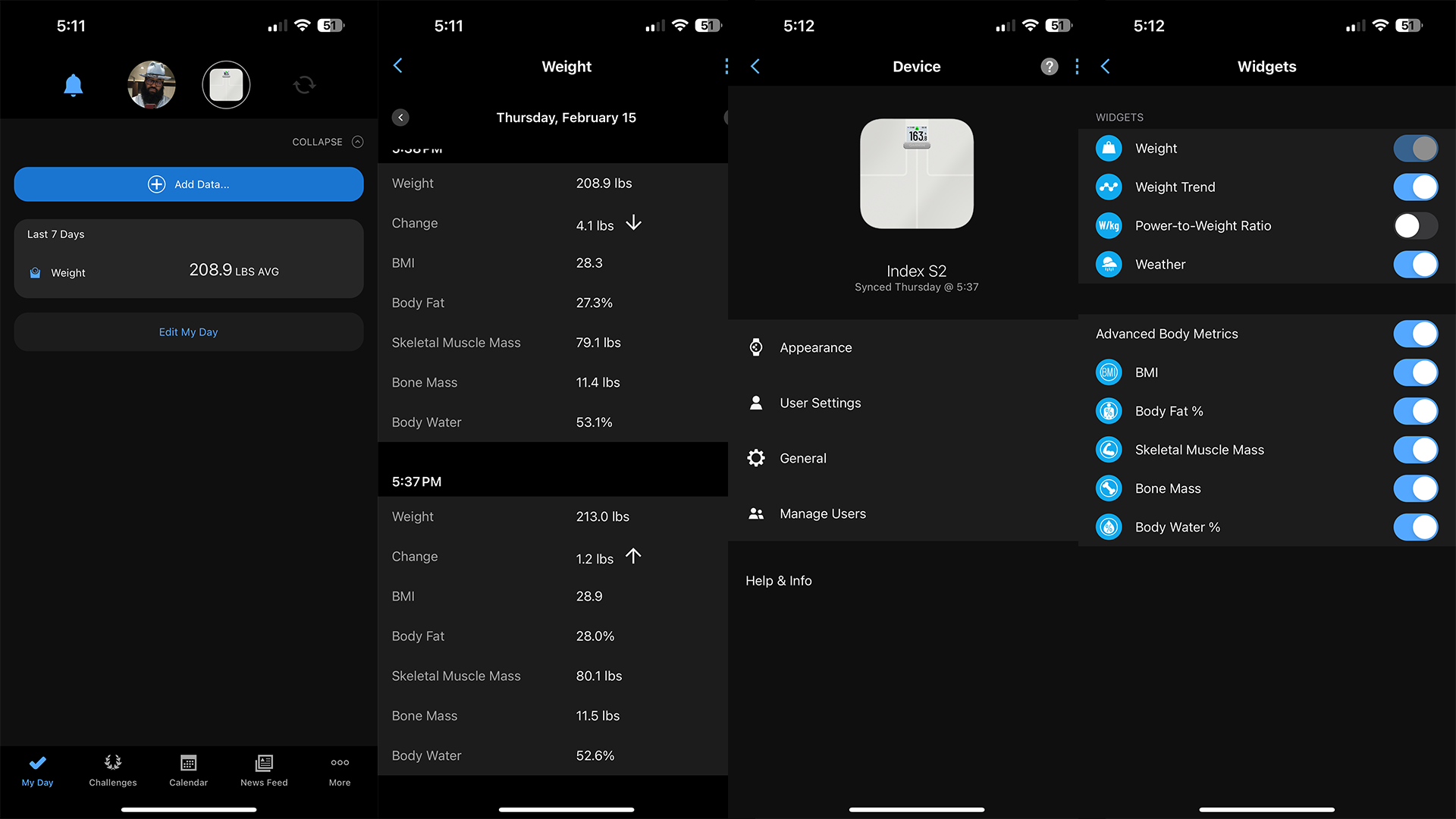
Probably the most important feature for those who would consider this scale is its connection with the Garmin ecosystem through the Garmin Connect app. On the scale itself you can see data points for 9 metrics, including weight, but those metrics become analytics in the app once you’re presented with multiple trend graphs, your daily measurement numbers, and your 1 day, 7 day, 4 week, and 1 year averages at-a-glance.
The scale also has the ability to add up to 16 user profiles, with each user having the ability to sync and view their own stats in the app. And all of that data is in Garmin Connect so you can cross reference it with your workout or race data and see how you’re performing at various weights and body fat percentages, and optimize your rest, recovery, nutrition, and training accordingly.
My only issue here is that I’d like to have seen the inclusion of fat breakdown by visceral and sub-cutaneous fat stores, as many other scales will do. But, for the intended audience, high performance fitness enthusiasts, my guess is that visceral fat is likely not too great an issue and overall body fat percentage tells them as much as they likely need to know. I have a “dad bod.” I need to know.
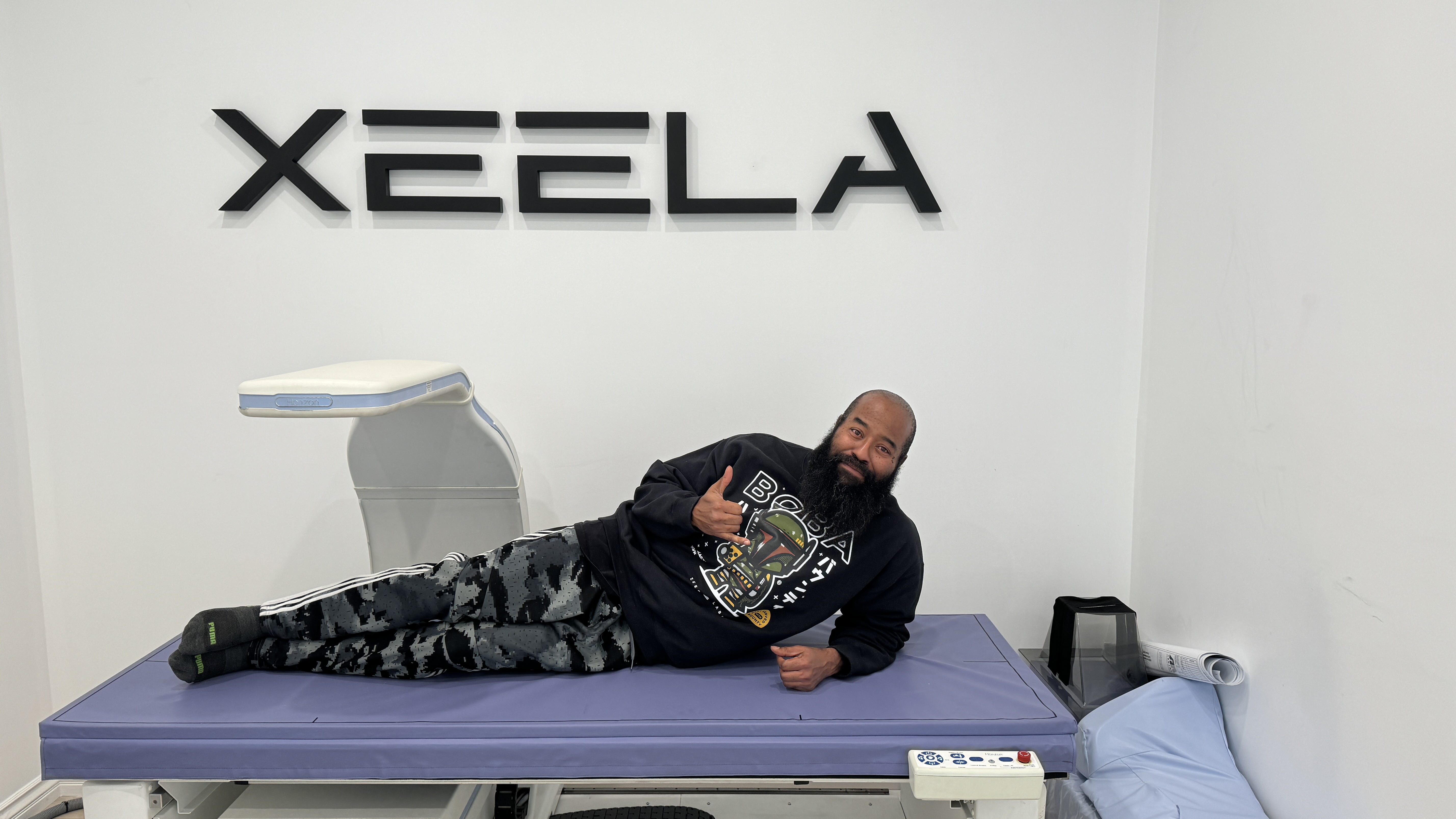
The most accurate body scan you can get is a DEXA scan (pictured above). I visited XEELA Fitness in Santa Monica, CA for my scan. Big shout out to DEXA Plus and XEELA for making that happen!It may cost hundreds of dollars to go to a facility and get a DEXA scan. That said, the body composition was off on some metrics by a few points, though the weight measurement was consistent and pretty accurate. My DEXA scan showed me having a BMI of 28.3, Index S2 was 28.3. DEXA total body fat % was 23.6, Index S2 was 27.3. For DEXA lean mass, and DEXA fat mass the Index S2 offers no equivalent measurements. You will get our skeletal muscle mass in pounds, bone mass and body water percentage. Maybe there's no visceral numbers because these are intended for highly active athletes and their body fat is fairly under control?
Garmin Index S2: Competition
Unless you want to stay in the Garmin ecosystem, there are other options on the market which give you more data points, for less money and aren’t as finicky as Garmin’s Index S2. Among them is Anker’s Eufy P3, which you can currently pick up on Amazon for $20 off, bringing the price down to $69.99.
That said, if you really are all about those hardcore metrics, and you have the budget for it, you’ll get a lot more out of Withings’ Body Scan scale which is also a BIA scale but has a handlebar so that you’re getting BIA current flowing through your upper and lower body, making the measurements more precise. You’ll get several more data points, as well as a segmental body analysis which shows you body fat and muscle mass by body segments. Eg, your left arm, right arm, torso, right leg, and left leg. That one will run you $399.95, but if you’re on the high end of Garmin watches, that price point is likely something you didn’t even blink at when you read it.
Garmin Index S2: Should you buy it?
You should buy it if..
- You’re invested in the Garmin ecosystem
- Apple Health sync isn’t a requirement for you
- Price isn’t a major concern for you
You shouldn’t buy it if…
- You need Apple Health sync
- You don’t feel like stepping on the scale more than once to get accurate results
Garmin Index S2: Verdict
For those in the Garmin ecosystem, this is the best choice. It syncs with Garmin Connect, so all of your fitness and health metrics are in one place. The Garmin Index S2 doesn’t sync with Apple Health but if you rely on Garmin watches and Connect, then that may be a non-issue for you. Although the weight measurement is a finicky affair, the display is very bright and easily readable and the deck feels large enough to be more than suitable for most users. Even the stallions among us.
That said, there are scales on the market like the Eufy P3 and Etekcity ESF00+ which will give you more data, for much less money. So, if you aren’t well invested in the Garmin ecosystem, you might consider looking elsewhere.
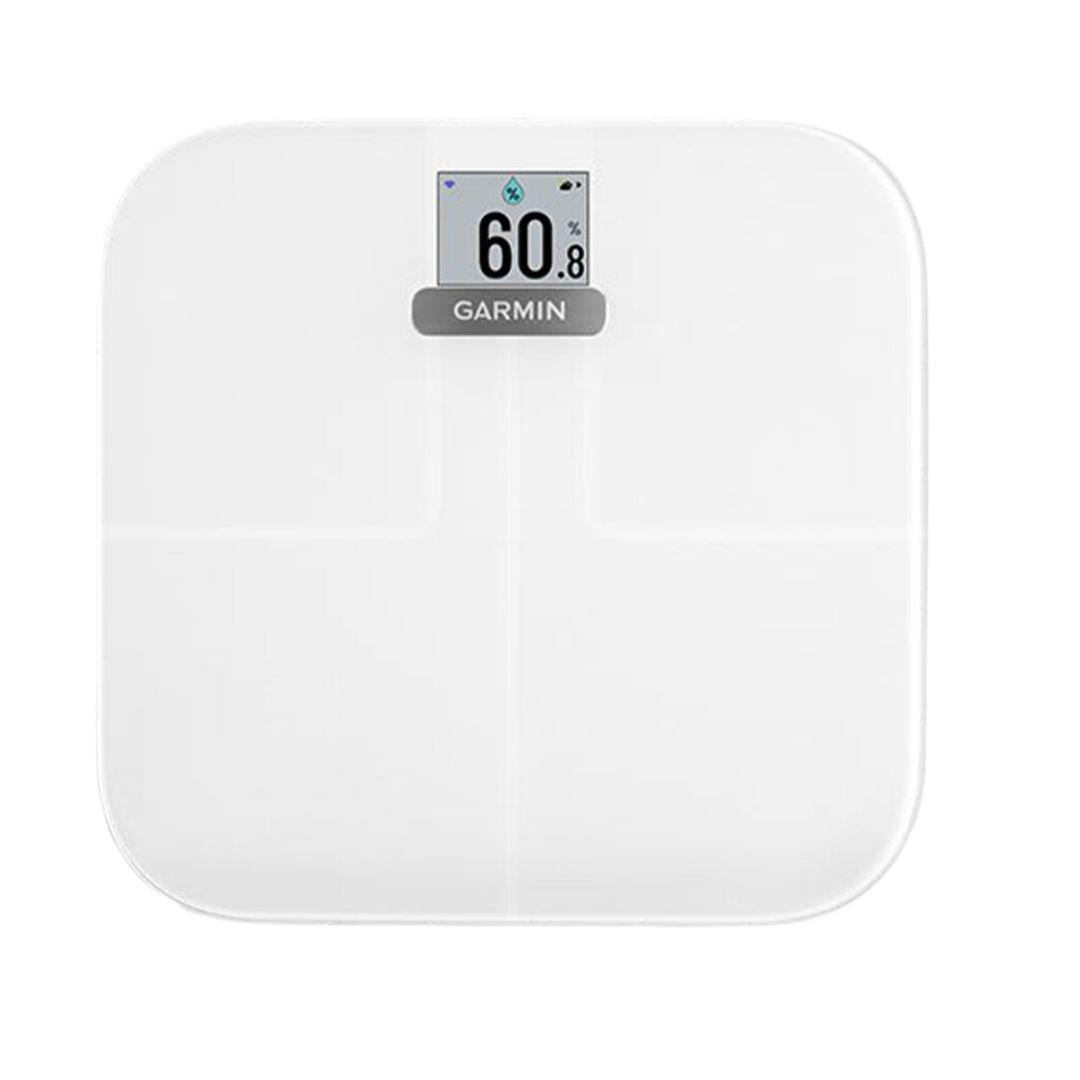
Bottom line
The Garmin Index S2 is a fantastic smart scale if you're already in the Garmin ecosystem, but there are some weight accuracy issues to bear in mind.

Tshaka Armstrong is a nerd. Co-Founder of the non-profit digital literacy organization, Digital Shepherds, he’s also been a broadcast technology reporter, writer and producer. In addition to being an award-winning broadcast storyteller, he’s also covered tech online and in print for everything from paintball gear technology, to parenting gadgets, and film industry tech for Rotten Tomatoes. In addition to writing for iMore, he’s a video contributor for Android Central and posts everything else to his own YouTube channel and socials. He blathers on about his many curiosities on social media everywhere as @tshakaarmstrong.
